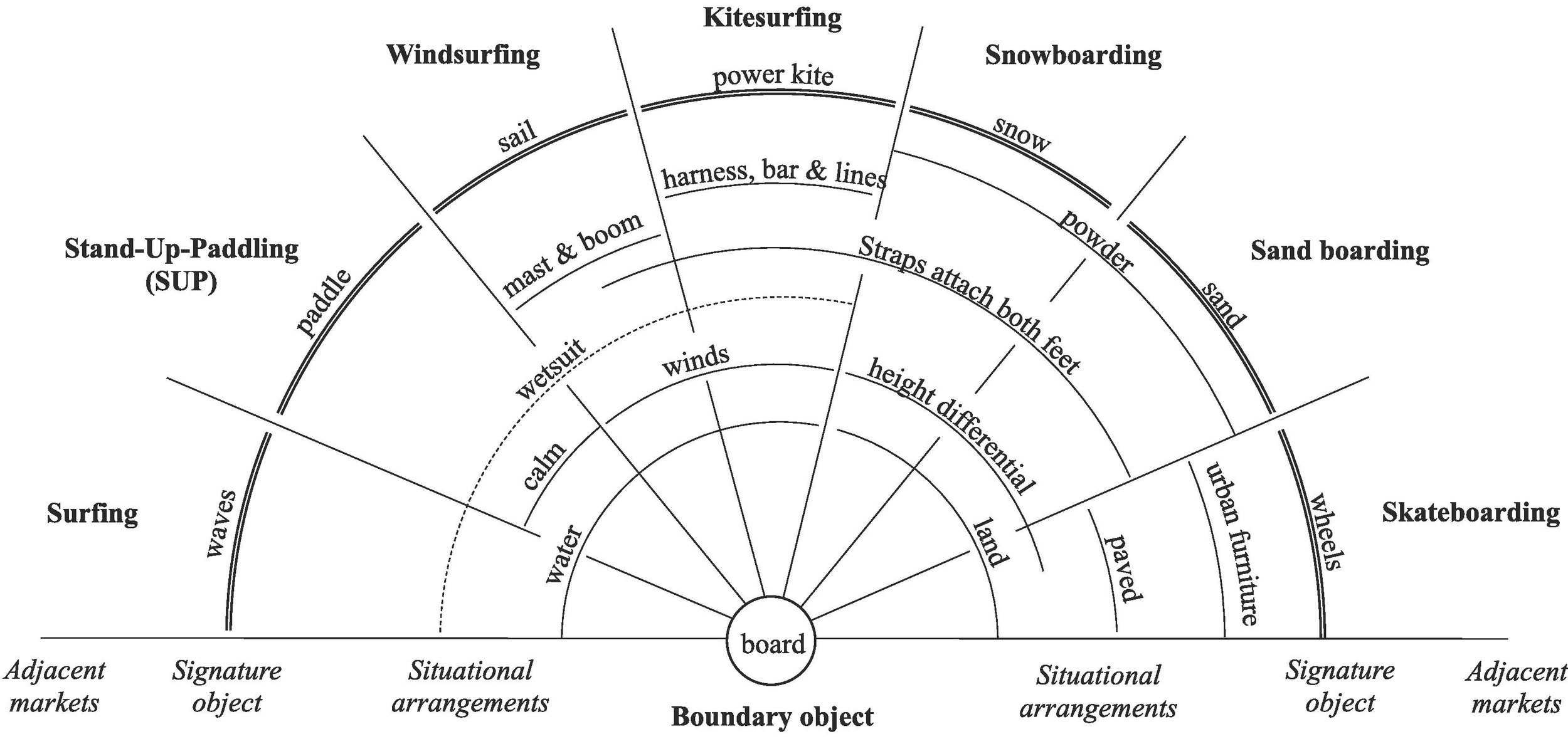Research Summary: Market Bifurcations
Consumer Innovation Shapes New Markets
What is it about?
My research shows how innovation comes not only from firms; consumers can also innovate and shape markets. The paper explores how consumers innovate new boardsports that are similar, yet not quite identical (surfing, kite surfing, wind surfing, stand-up-paddling). Conceptually, the paper proposes ‘market bifurcations’ to describe how a singular, seemingly cohesive consumer practice breaks down, splintering into several local variations, which can then catalyze the formation of new markets
A framework of how alternative niche practices become distinctive and distinct
Abstract:
The market-shaping literature recognizes that consumers are actors who can shape markets. However, research into the mechanisms of consumption-driven market-shaping is only emerging. This paper shows that one way in which consumers shape markets is through boundary work, as consumers make, break, and re-make the boundaries among multiple markets. Empirically, this paper investigates how user innovation practices catalyzed the formation of four boardsport markets: surfing, kitesurfing, windsurfing, and stand-up-paddling. The findings show that consumers shape markets in three steps: (1) generating local variations of consumption practices; (2) imposing order and coherence to intermediate frames; and (3) channeling creative consumption practices into market formation. This paper contributes to the market-shaping literature by conceptualizing how consumers splinter an existing singular market into new markets. We coin the term ‘market bifurcations’ to describe how a singular, seemingly cohesive consumer practice breaks down, splintering into several local variations, which can then catalyze the formation of new markets.
Reference:
Diaz Ruiz, C., & Makkar, M. (2021). Market bifurcations in boardsports: How consumers shape markets through boundary work. Journal of Business Research. 122(January), 38-50
